The Legend of Lylah Clare (1968)
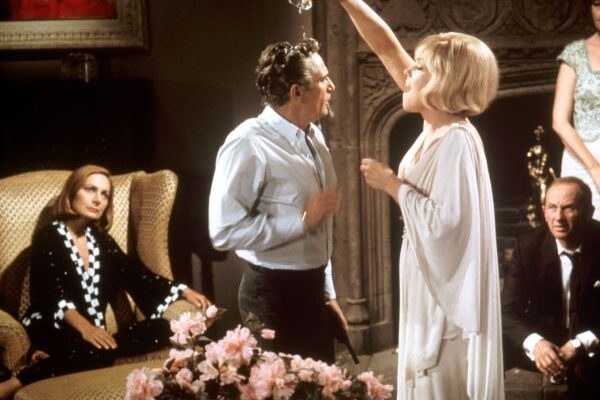
Toronto Film Society presented The Legend of Lylah Clare (1968) on Monday, August 22, 1983 in a double bill with The Bad and the Beautiful as part of the Season 36 Summer Series, Programme 10.
Production Company: Metro-Goldwyn-Mayer. Producer: Robert Aldrich. Associate Producer: Walter Blake. Director: Robert Aldrich. Assistant Director: Cliff Coleman. Screenplay: Hugo Butler and Jean Rouverol, based on the teleplay by Robert Thom and Edard de Blasio. Photography: Joseph Biroc. Music: Frank de Vol.
Cast: Kim Novak (Lylah Clare/Elsa Brinkman), Peter Finch (Lewis Zarkan), Ernest Borgnine (Barney Sheean), Milton Seltzer (Bart Langner), Rossella Falk (Rossella), Gabriele Tinti (Paolo), Valentina Cortese (Countess Bozo Bedoni), Jean Carroll (Becky Langner), Michael Murphy (Mark Peter Sheean), Lee Merriweather (Young girl), George Kennedy (Actor).
Lewis Zarkan, the Hollywood director who made a star of Lylah Clare, has not worked since her mysterious death on their wedding night twenty years ago, even refusing to film his projected biographical “Lylah Clare, Film Star,” because no one could play the part. When agent Bart Langner, who originally discovered Lylah in a German brothel, announces he has found the right girl–Elsa Brinkman–Lewis reluctantly agrees to see her. Struck by the uncanny resemblance, he agrees to make the picture. She is carefully coached, then introduced at a press conference.
Despite interference from a gossip columnist, the filming is underway, and Lewis, repeating his past practice with Lylah, is driving Elsa to the point of nervous exhaustion on the set. The nightmare continues and mounts, ending in tragedy, as more and more secrets about the departed Lylah come to light, and more and more the unbalanced mind of Zarkan brings the film to the inevitable conclusion.
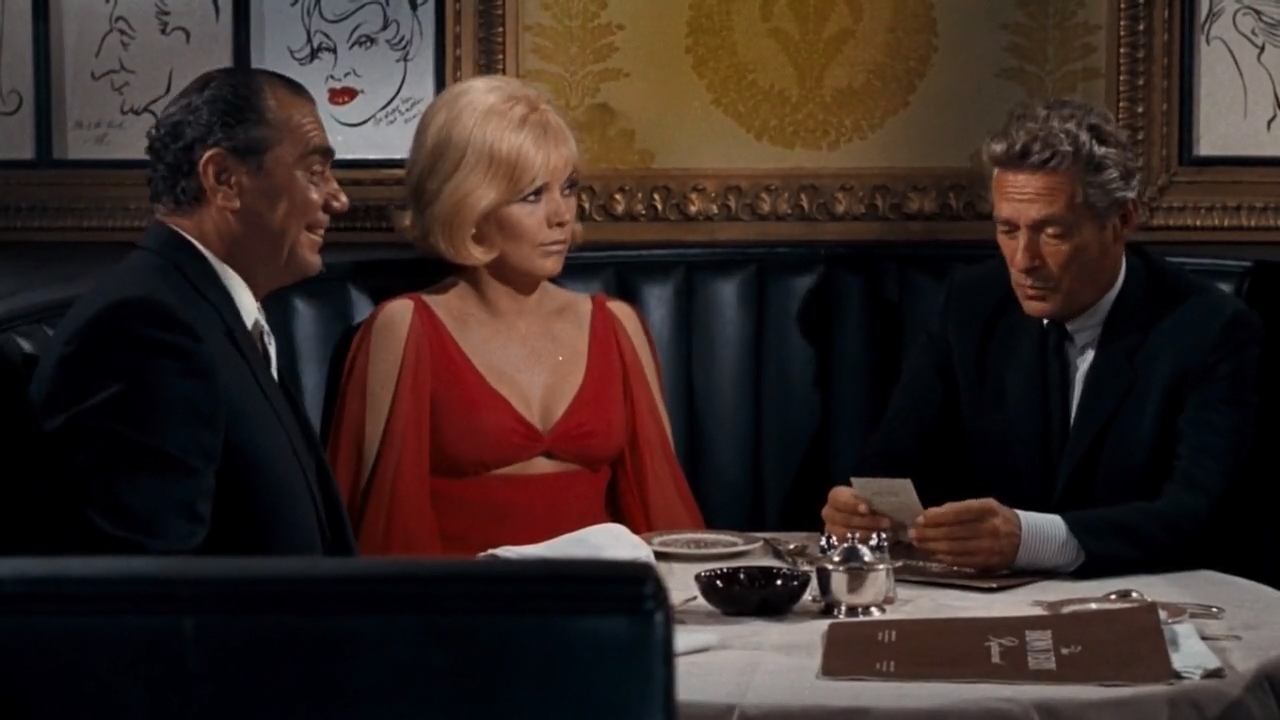
Renata Adler in A Year in the Dark describes Lylah Clare as a “take-off on some of the highly serious tragic movies Hollywood has made about itself…a take-off so faithful in spirit that it is almost indistinguishable from its model. And the generation of ladies who used to swarm, weep, trample, and ask for autographs, can bring out their handkerchiefs again as they did for The Oscar.”
Peter Finch, preparing for his role as Zarkan, to generate the power he needed to play the movie monster, would walk five miles from Beverley Hills to Culver City in 100-degree temperatures for the day’s shooting. When asked by co-star Kim Novak how it was going, Finch replied, “It’s black Mahogany Gothic horror right on the edge of being too much…Aldrich is making monsters of all of us with a sense of parody.”
Pauline Kael called the film “heavy-handed camp about Hollywood,” an attempt to fuse Sunset Boulevard, Vertigo, The Barefoot Contessa, and Whatever Happened to Baby Jane? She thought Ernest Borgnine had never been worse.
The public generally loathed the film, Finch loved it, the critics liked Finch–but not the film.
Notes by Bill Sturrup
References: Movies on Movies, Myers
5001 Nights at the Movies, Kael
Hollywood’s Hollywood, Behlmer/Thomas
Peter Finch, Faulkner

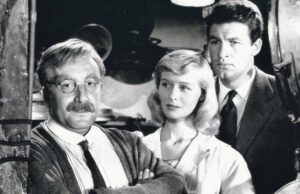
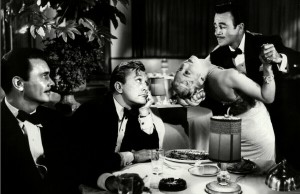
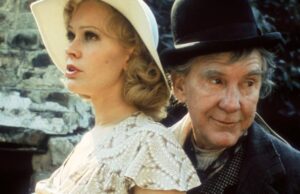






Leave a Reply